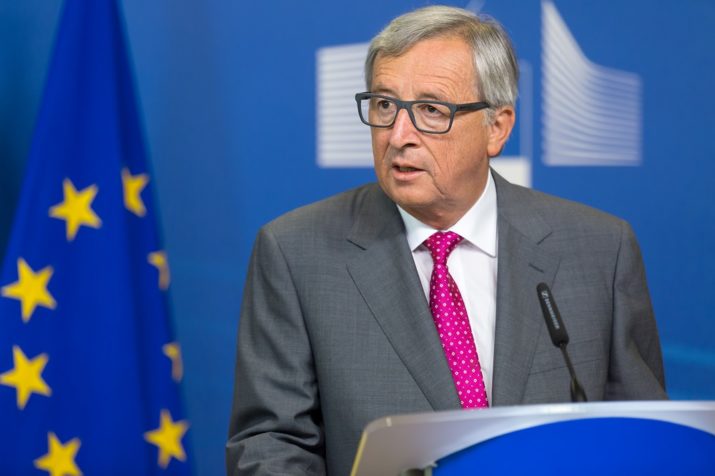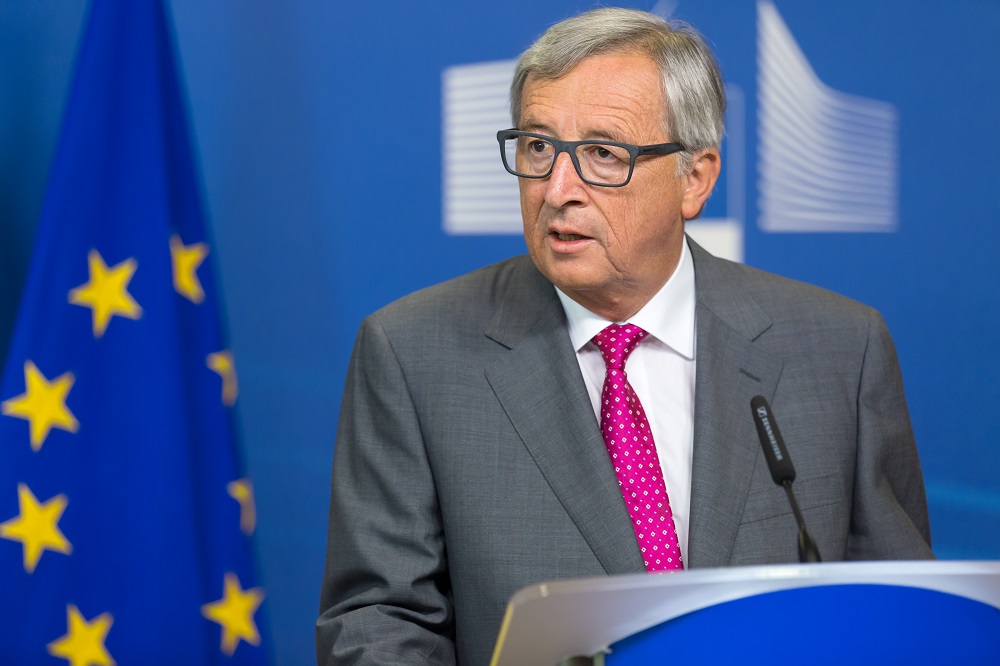
The European Pillar of Social Rights as an Opportunity Towards a More Social Europe?

Sixty years after the signing of the Treaty of Rome, and nearly twenty years after the proclamation of the Community Charter of the Fundamental Social Rights of Workers, the Commission finally published the European Pillar of Social Rights (EPSR) in April 2017. The Pillar consists of twenty principles, which are not directly enforceable and which are organized into three broad categories: equal opportunities and access to the labour market, fair working conditions, as well as social protection and inclusion. The intention to create a EPSR was announced by Jean Claude Juncker during his State of Union speech back in September 2015, closely linked with the wider vision to achieve a “triple social A” and upward convergence regarding social issues. Some months earlier, the Presidents of the five main EU institutions (European Commission, European Council, European Parliament, European Central Bank, Eurogroup) had laid down a multi-annual plan for “completing the Economic and Monetary Union.” The so-called “Five Presidents Report” highlighted that during its initial stage of implementation, from 2015 to 2017, it is necessary to give “greater focus on employment and social performance” but also to push for “stronger coordination of economic policies within a revamped European Semester.” The timing and particular framing of the EPSR indicates that this is perceived as complementary to the overall plan for straightening the Economic and Monetary Union (EMU). Hence, in March 2016 the Commissioner for Employment and Social Affairs, Marianne Thyssen, announced that the Pillar can be seen as a “reference framework” containing “essential principles’ for the sustainability of the labour market and the welfare state. Towards this direction, she called for a broad consultation process that lasted several months -until December 2016- in which social partners, civil society organizations and citizens were invited to provide their feedback on the possible form and content of the Pillar.
From the beginning, criticisms towards EPSR were not absent due to a number of well-grounded reasons. For example, its legal nature was initially unclarified, while its goals were often perceived as ambiguous. Could the EPSR be able to protect the “social acquis” or it would only aim to extend social indicators within the existing framework of the European Semester? In addition, many expressed their concerns that the Pillar would be insufficient to counter-balance the dominant economic perspective which gained even more ground during the sovereign debt crisis. However, the overarching question still pending is how the EPCR can address the social and employment challenges across Europe in an effective way, given the current institutional limitations, the dire political circumstances and the lack of interstate solidarity?
The Commission has made it clear that the redefinition of the scope of social and employment policies is a necessary condition for the EU’s better functioning. The legislative way (namely the production of Directives and Regulations) has been the traditional mode to promote social policies, however this presents certain structural limitations. A combined reading of the articles 4.5 and 153 of the Treaty of the Functioning of the European Union (TFEU) stipulates that member states are primarily competent for their own social and employment policies and that, according to the principle of subsidiarity, the EU can only “support and complement” their activities in specific fields only, such as working conditions, health and safety or equal pay between men and women. Since the majority of issues demand a unanimous decision, it is highly unlikely that the social agenda can advance substantially when such a plethora of national welfare and labour relations systems is involved. Especially after the EU’s enlargement in 2004 the legislative way has become even more difficult. A striking example of the limitations of such an approach is the recent attempt to revise the posted workers directive, which led to its collective blocking from nine countries of the central and Eastern Europe. Besides this, the shift to a more intergovernmental model of decision making during the Eurocrisis and the strengthening of the role of the Eurogroup weakened even more the legislative way. Given the circumstances, the European Commission understood that pushing merely for the establishment of legal rights would not only be politically unfeasible but also risky, since the populist parties would label it as another window dressing measure. For that reason, in the 2017 Annual Growth Survey the Commission made clear that the EPSR should rather be a set of “principles.”
The 1992 Maastricht Treaty and the 1997 Stability and Growth Pact (SGP) put the basis for a coordinated EMU seen primarily from an economic perspective and continued within the European Semester, the new fiscal and macroeconomic coordination cycle introduced after the sovereign debt crisis. However, during the last few years several actors such as DG EMPL, the Employment Committee (EMCO) and the Social Protection Committee (SPC) made substantial efforts to enhance their participation and make their perspective more visible. Likewise, the Juncker Commission soon after its inauguration took steps to strengthen the social dimension of the EMU: in January 2015, it released a set of guidance lines in order to “encourage structural reforms and investment.” According to them the member states in the preventive arm of the SGP can deviate temporarily from their medium-term budget objective or from the agreed fiscal adjustment path towards it, in order to accommodate investment, provided that they meet certain conditions. At the same time, the new Commission drew more attention to employment and social issues through the ‘streamlining’ of the European Semester and the reformulation of its annual Country Specific Recommendations (CSRs). Most importantly, in November 2016, it presented a communication under the title “Towards a Positive Fiscal Stance for the Euro Area,” in which it underlined the “need and the unique window of opportunity” for the EU member states to adopt a “more balanced policy mix” through investment.
For all of these reasons, the EPSR must be seen also as a useful instrument for the reinterpretation of the European Semester’s rules. Certainly, it must be aligned with the existing legal principles, rights and social acquis at the EU level, but to present it merely as such will be insufficient to make any impact. The Pillar’s true value lies on the way it can promote an updated understanding of social and employment policies within the current EMU structure: the only way to tackle the dominance of rules on economic efficiency and budgetary discipline is to put forward a more holistic perception in which investment in the social and employment fields is not a hurdle to development but can generate returns of greater value. More budgetary flexibility in favor of investments on skills, education and training for instance is something that the EPSR can contribute to. As Allan Larsson, Juncker’s appointed advisor on the EPSR, puts it: “The EPSR can be turned into a social pact, which can rebalance within the European Semester the economic approach deriving from the SGP.”
But how feasible is such a rebalancing of the European Semester at the moment? At first sight, the prospects are rather discouraging: Germany, the Netherlands, Finland and Slovakia are openly against any expansionist fiscal policy and reacted to the Commission’s recent reasoning on a positive fiscal stance. In the European Parliament, the Alliance of Socialist and Democrats have been rallying for years on the need to take social investment into consideration when applying the EMU rules, nevertheless the European People’s Party, which holds the most seats, is against public investment which can bend the rules of the SGP. The only thing that can mobilize the political national elites to build up the EMU’s social character is the rise of the populist parties and the threat of a potential dismantlement of the European project. This, together with the newly rekindled interest of a plethora of actors, including national governments and EU institutions, to discuss the next steps in European integration can create a window of opportunity for both the European Pillar of Social Rights and social investment.
Christos Louvaris Fasois is a PhD candidate in the Department of Political Science at the University of Amsterdam and the Department of Social and Political Sciences at the University of Milan. His research focuses on the European Semester and its effects on national social and employment policies.
Photo: Jean Claude Juncker, Drop of light | Shutterstock
Published on November 13, 2017.




